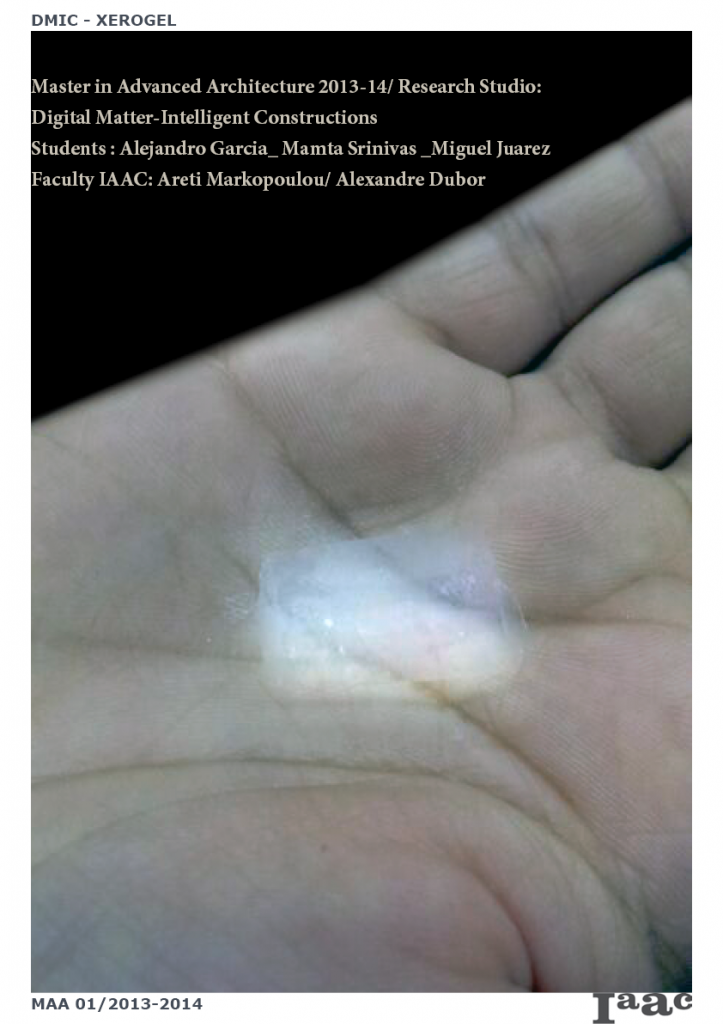The Digital Matter Studio Students and Tutors continue their experience in Copenhagen:
The Students are continuing to develop their research and prototypes in the workshop studying the ways of creating tensioned membranes with disconnected bending active elements, stabilising non-elastic membranes locally (for example with the configuration of three linear elements placed in a reciprocal configuration).
Within the workshop a series of questions are being discussed and developed among which: the setup of bending active elements; patterns towards the creation of membranes with local active bending tensioning (regular, irregular, self-organising); topology of skin, single, double, splitting skin; the computation of bending active and tensioned skin; modelling of interdependent models for skin and bending active elements; as well as tools for 3d modelling and pattern cutting of membranes.
The CITA tutors Mette Ramsgaard Thompsen and David Stasiuk also gave a presentation on the evolution of the works produced during the Workshop held in IaaC, by David Stasiuk – digitalization of the physical models for the self parametrization -, Henrik Leander Evers – 3D scanning expert -, as well as the RS3 studio directors: Areti Markopoulou with Mette Ramsgaard Thompsen – CITA – and tutor Alexandre Dubor, and developed with the Digital Matter Studio students, earlier this year. The evolution presented included new generative algorithms to be added in the different stages of the design process, allowing to enhance the self-learning systems, as well as generating an optimisation criteria towards the final development of the 1:1 prototype. Said prototype is to be produced in CITA during an exhibition to be held in 2 weeks from now.
After the Presentation, the Students then presented the work they have developed so far in a Mid-Workshop Presentation, gaining some useful feedback towards the further development of these projects, and finally the 1:1 Prototype.
The Students and Tutors from IaaC also had the possibility to visit the 3XN /GXN, including a visit to the DAC (Danish Center of Architects).



